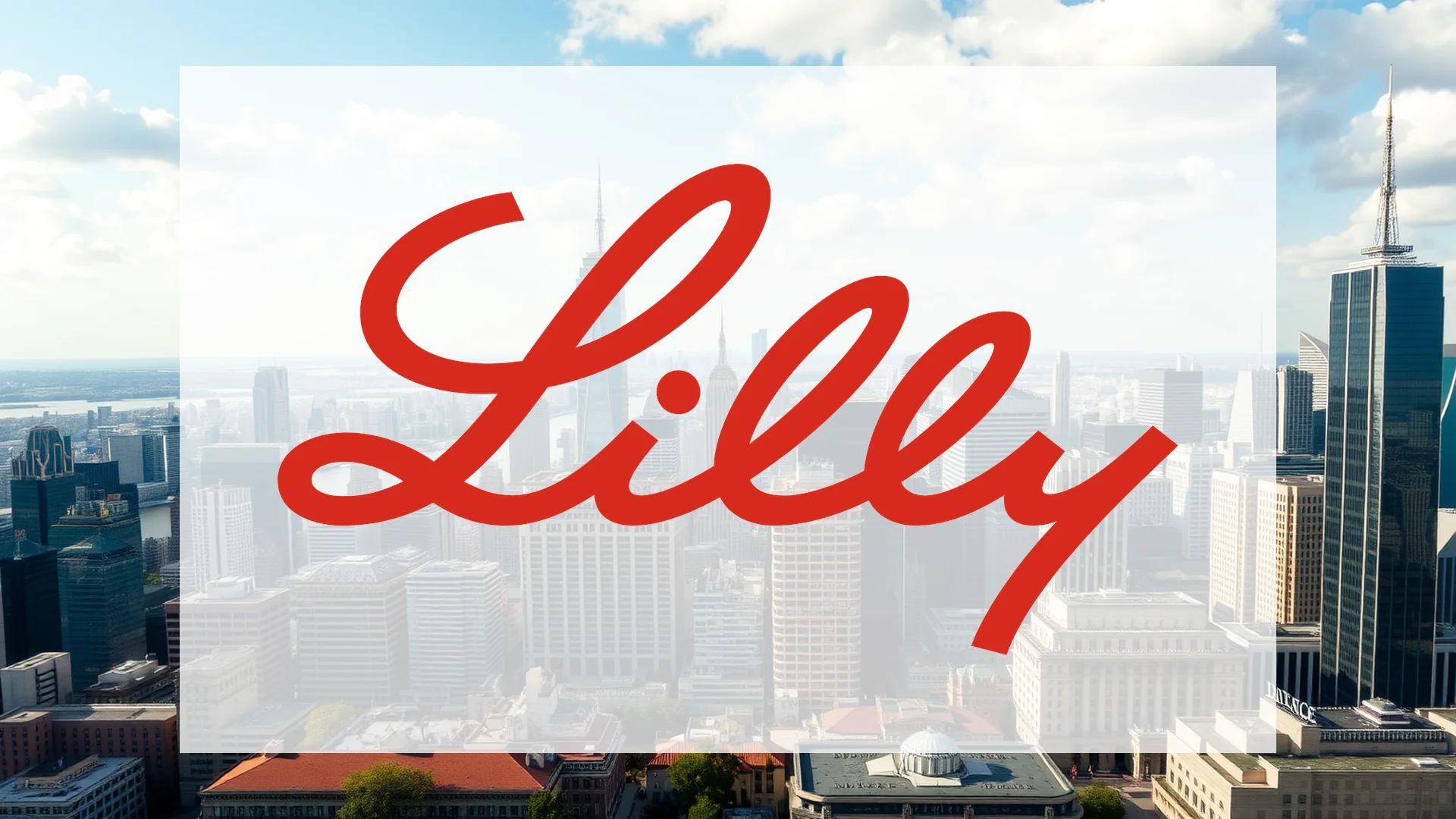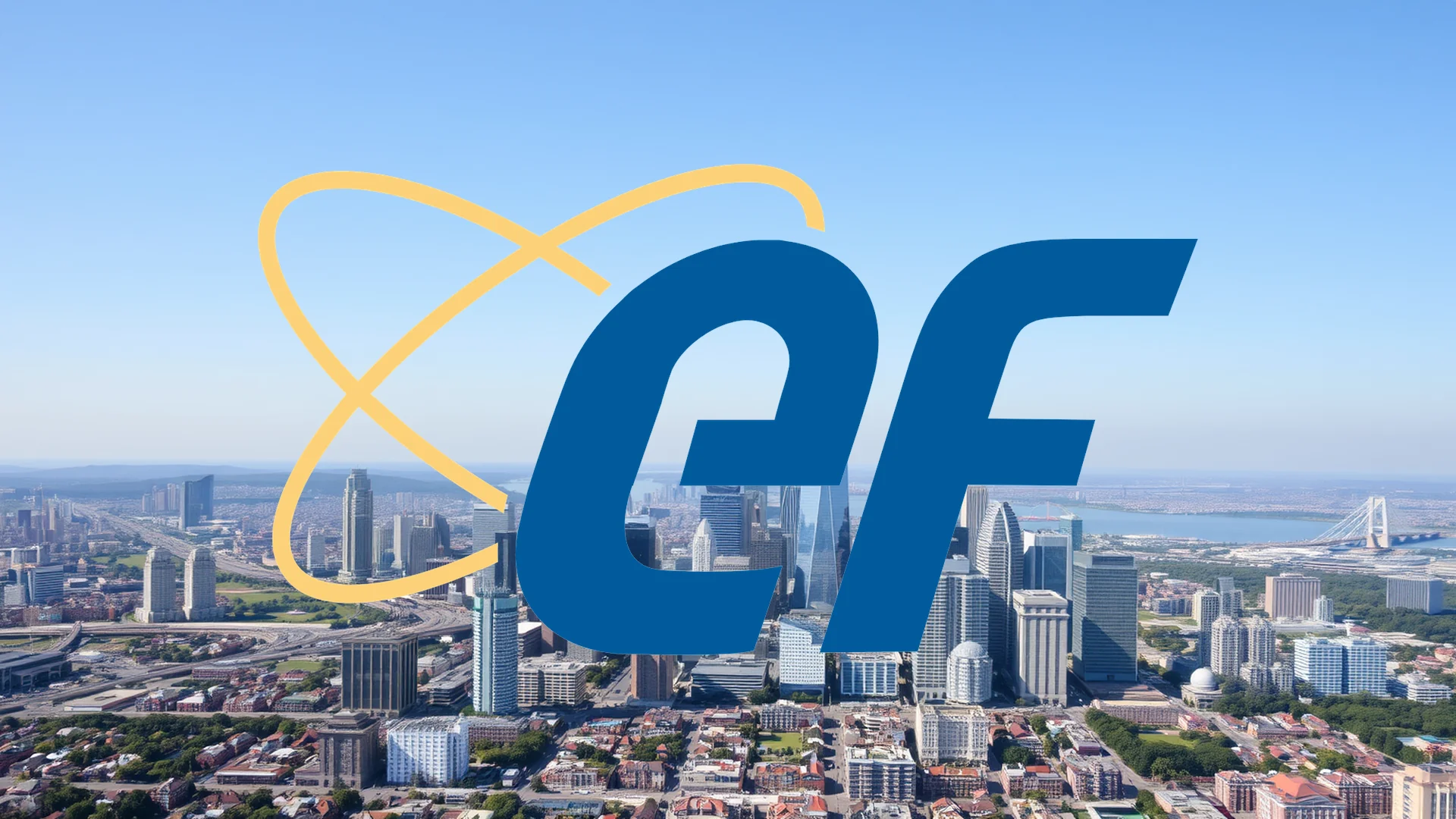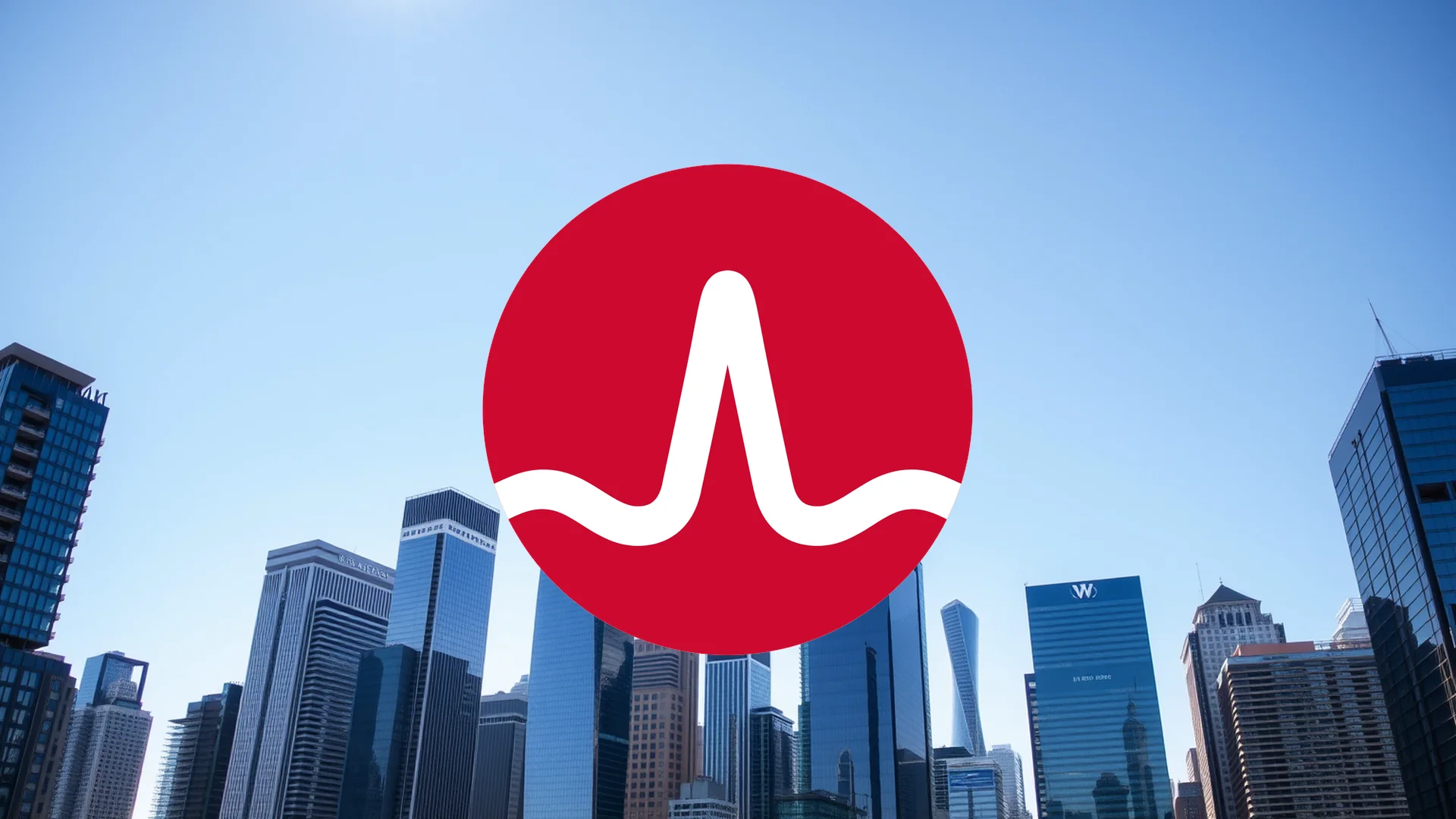Eli Lilly’s ambitious push into artificial intelligence is generating significant excitement across Wall Street. The pharmaceutical giant’s recent alliance with technology leader Nvidia, combined with outstanding quarterly performance, has prompted market analysts to substantially raise their price targets for the company’s shares. This technological advancement comes at a time when Lilly is already demonstrating remarkable financial strength.
Financial Performance Exceeds Expectations
The company’s third-quarter 2025 results surpassed all projections, revealing substantial growth across key metrics. Revenue expanded by 54% to reach $17.60 billion, while adjusted earnings per share came in at $7.02, significantly higher than the $5.69 consensus estimate. The performance was particularly driven by two flagship products: Mounjaro sales skyrocketed 109% to $6.52 billion, and Zepbound generated $3.57 billion, representing a 184% increase. Given this strong momentum, management has raised its full-year guidance to between $63.0 and $63.5 billion.
Groundbreaking AI Collaboration
The partnership with Nvidia represents a strategic move to revolutionize pharmaceutical research. Together, the companies are constructing what promises to be the most powerful AI supercomputer in the pharmaceutical industry. This advanced system is designed to analyze millions of experiments, potentially slashing development timelines for new medications. The technology-driven approach could provide Lilly with a substantial competitive advantage in drug discovery and development.
Analyst Confidence Reaches New Heights
Wall Street’s response to these developments has been overwhelmingly positive, with multiple financial institutions significantly upgrading their assessments:
Should investors sell immediately? Or is it worth buying Eli Lilly?
- UBS boosted its price target from $895 to $1,080
- BMO Capital increased its projection from $930 to $1,100
- Citi raised its target from $1,190 to $1,250
These upward revisions reflect growing confidence in Lilly’s expansion prospects, particularly within the lucrative GLP-1 market for diabetes and obesity treatments.
Market Leadership Strengthens
Eli Lilly continues to solidify its dominant position in the rapidly expanding GLP-1 sector. The company’s tirzepatide-based medications, Mounjaro and Zepbound, consistently demonstrate superior weight reduction outcomes compared to competing products. Despite some reimbursement challenges from insurance providers, the company has successfully expanded its market share both quarterly and annually.
Evaluating Sustainability
From a technical perspective, the stock appears reasonably valued, trading approximately 10% below its yearly peak with a Relative Strength Index of 28.5, indicating it’s not in overbought territory. However, the recent surge of over 7% within a single week highlights the expectation-driven nature of current market sentiment. The critical question facing investors is whether Lilly can deliver on these elevated expectations over the long term, particularly if enthusiasm around artificial intelligence applications in pharmaceuticals moderates.
Ad
Eli Lilly Stock: Buy or Sell?! New Eli Lilly Analysis from December 25 delivers the answer:
The latest Eli Lilly figures speak for themselves: Urgent action needed for Eli Lilly investors. Is it worth buying or should you sell? Find out what to do now in the current free analysis from December 25.
Eli Lilly: Buy or sell? Read more here...










